Interview: Producer SJae on creating opportunities for women in the recording industry
A journey that started at the age of four led artist and producer Sammy Jay to depart her native Wales and relocate to Los Angeles. Her varied career now includes composing soundtracks and being executive producer for Howling Music. We sit down with SJae to find out more about her studio life.
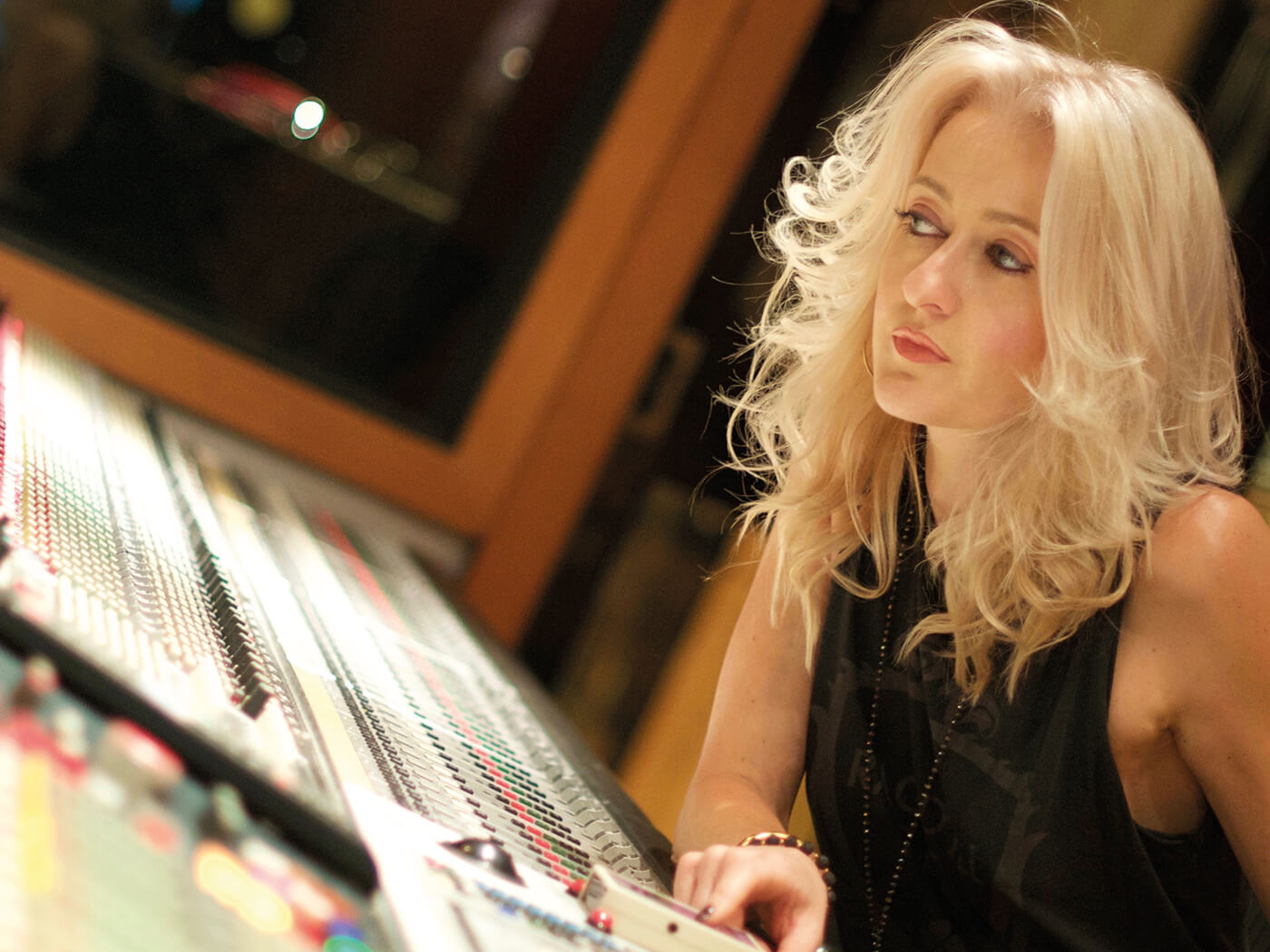
From a very early age, all Sammy Jay wanted to do was create music. At the age of four she would be spellbound by the strange, melodic noises she could make with the piano at her next-door neighbour’s house. Her intrigue would evolve at school as she began experimenting with programmable synths and developing her singing voice. Eventually, Sammy appeared on a television talent show which led her to securing a place at the prestigious BRIT School.
Sammy’s career has since gone from strength to strength, relocating to Hollywood, California, and working for two decades in various areas of the industry. Her numerous skills have enabled her to work with a multitude of artists in the role of producer and songwriter, artists that include the likes of Rod Stewart, The Pussycat Dolls, Mis-Teeq and The Roots. She has also balanced this element of her career with composing music for various television shows, including Lethal Weapon, EMPIRE and, more recently, the new Netflix movie The After Party.
Somehow, Sammy also has time to serve as executive producer at Howling Music, a Tennessee-based provider of original compositions for advertising across numerous forms of media. Howling Music has composed and scored hundreds of national and international spots, and it works closely with many of the top advertising agencies in the world. Sammy serves as something of a musical translator between the often non-musically minded marketing agencies that request content from Howling, and the composers that the company works with.
How did your music-making journey begin?
I suppose it truly started when I was about four years old. I used to go to my next-door neighbour’s house in Wales and bang away on her piano for hours, until she managed to persuade me to go home by saying I could come back again after I’d had my dinner.
When my parents decided I had tortured this poor lady enough, and it was time for bed, I threw the biggest tantrum, and the very next day they booked me some actual piano lessons. When I was 12, my dad bought me my first programmable synth – it was a Roland D-20 with an 8-track sequencer on it.
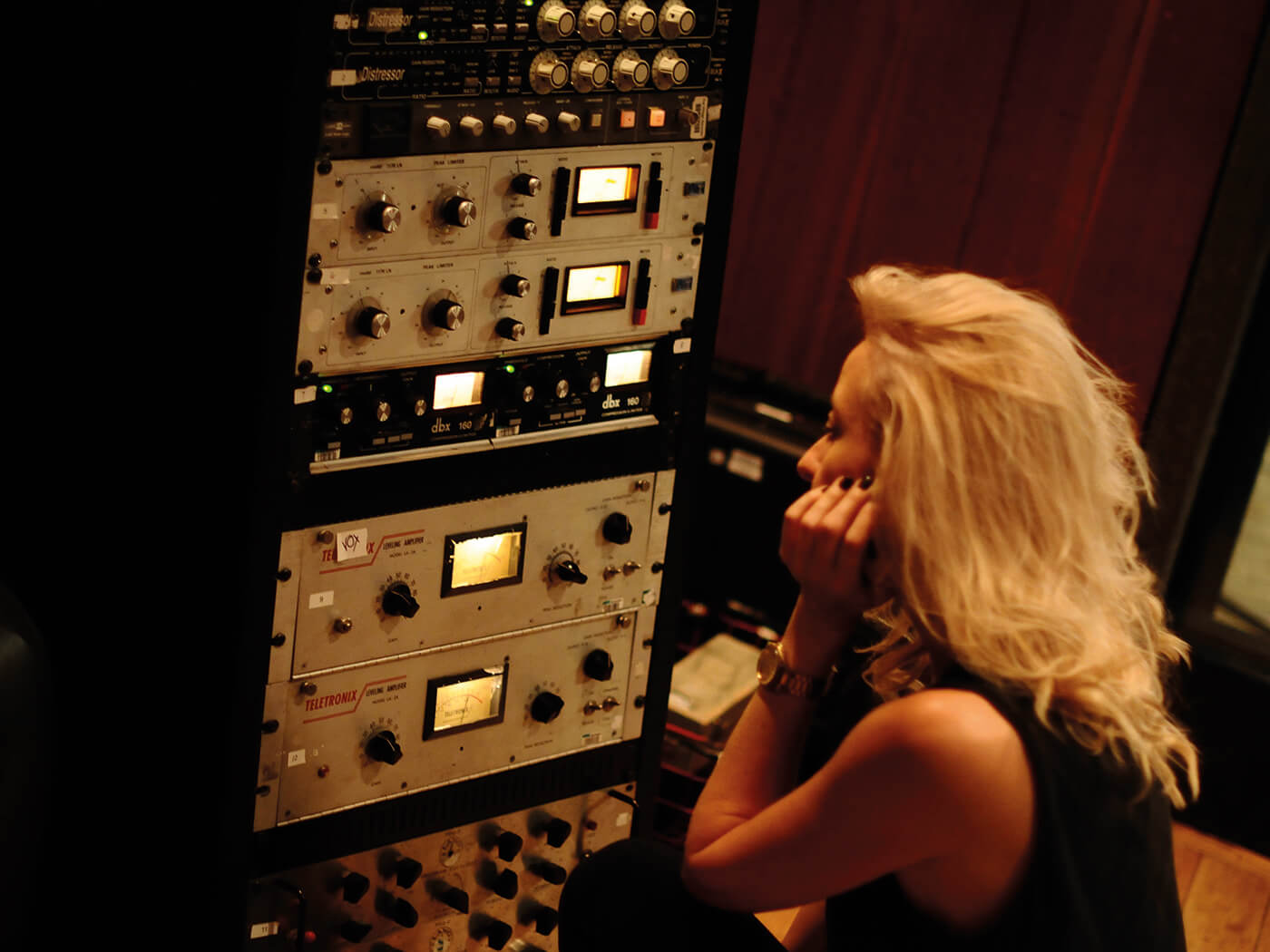
I used to program Michael and Janet Jackson songs on it and play them at school concerts, hooking my synth up to a giant Peavey amp, much to the horror of my classical-music teacher. Then, when I was 15, I appeared on a national BBC TV show that was a kind of Search For A Star type of show. I sang and played Bruce Hornsby’s The Way It Is, mostly because it had limited vocals and a great piano solo. A year later, I got accepted into the BRIT School.
What was your experience like at the BRIT School?
The best part about the school was being around other like-minded kids. The curriculum was fine, but it was really about what you did after school hours that really shaped a lot of people’s beginnings into successful music careers. The school had great rehearsal rooms and a music-technology room, so you could rehearse with your band (I was in a funk band, a girl group and a duo) and then stay behind to program music on the state-of-the-art computer at that time, which was a colour Mac with Cubase. This was the infancy of digital audio recording. My first setup, after leaving BRIT School and then signing to RCA records, was a Mac with Cubase, a Fostex 8-track, Roland XP-50, an Akai S3000 and a DAT machine.
You then moved to Los Angeles. What spurred this change of location?
While I was signed to RCA records in the late 90s, I was fortunate enough to be sent to New York and Los Angeles to work with numerous different writers and producers. I loved the city from the very first trip. There’s just something about the light here that I can’t explain – it’s a spiritual thing for me.
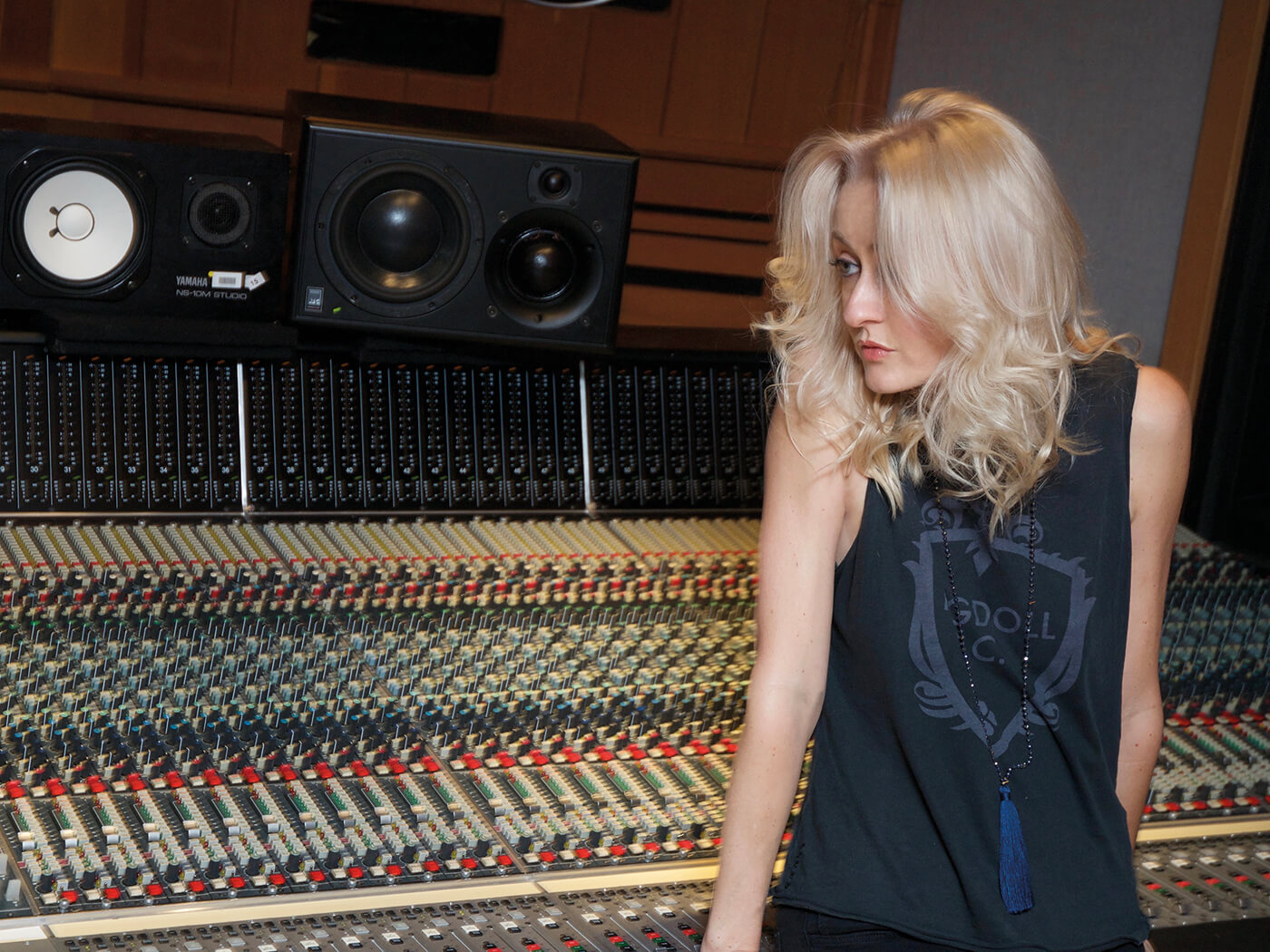
Then again, it could also be the familiarity from seeing all the many TV shows and movies shot here when I was little in the 80s, but I had some incredible experiences here in those early days. I worked with my dream list of musicians, including David Gamson, Me’shell Ndegeocello, Wah Wah Watson, Leon Ware, Billy Preston, and an incredible guitarist and writer named Rob Bacon, who later introduced me to Raphael Saadiq.
Tools of the trade
What gear is the cornerstone of your current setup?
At my home studio, my system consists of Logic Pro with a Universal Audio Apollo Twin interface, an Access Virus Synth, and a great many plug-ins. My favourites are the Komplete production suite by Native Instruments and the Waves CLA bundle – I love the CLA Vocals plug-in.
How does a typical track begin for you? Do you start with a melody or lyrics or more rhythmic ideas?
I usually start with a chord progression, or a rough track and a title/concept idea, as it’s quite rare that I have lyrics and melody before music. However, I’m working on a childrens’ project right now where, somehow, I’ve started with the full song in my head and then put the music to it, but that’s an oddity and not usually how it works for me.
What advice would you give to anyone looking to have a career like yours and what is your ultimate piece of music-production advice?
There’s so much advice I would love to give, honestly. In your early days it’s really important to know who you are and what makes your heart sing, because you can really get pulled in all kinds of directions by people who think they know what works best for you. If you don’t have a clear direction yourself, you can easily find yourself getting lost.
Also, especially for women getting into production, tenacity is the key. I know you don’t see versions of yourself represented out there; we are not getting hired to the same extent as our male counterparts, but that doesn’t mean it’s not an avenue for a woman. Keep your head down, focus, work hard and put in the hours, don’t let anyone tell you that you can’t do this. Women are still not encouraged enough to be technical, even now in 2019, which is mind-blowing, but things are slowly changing and we have much to offer. Women have so many layered and nuanced attributes to bring to audio work.
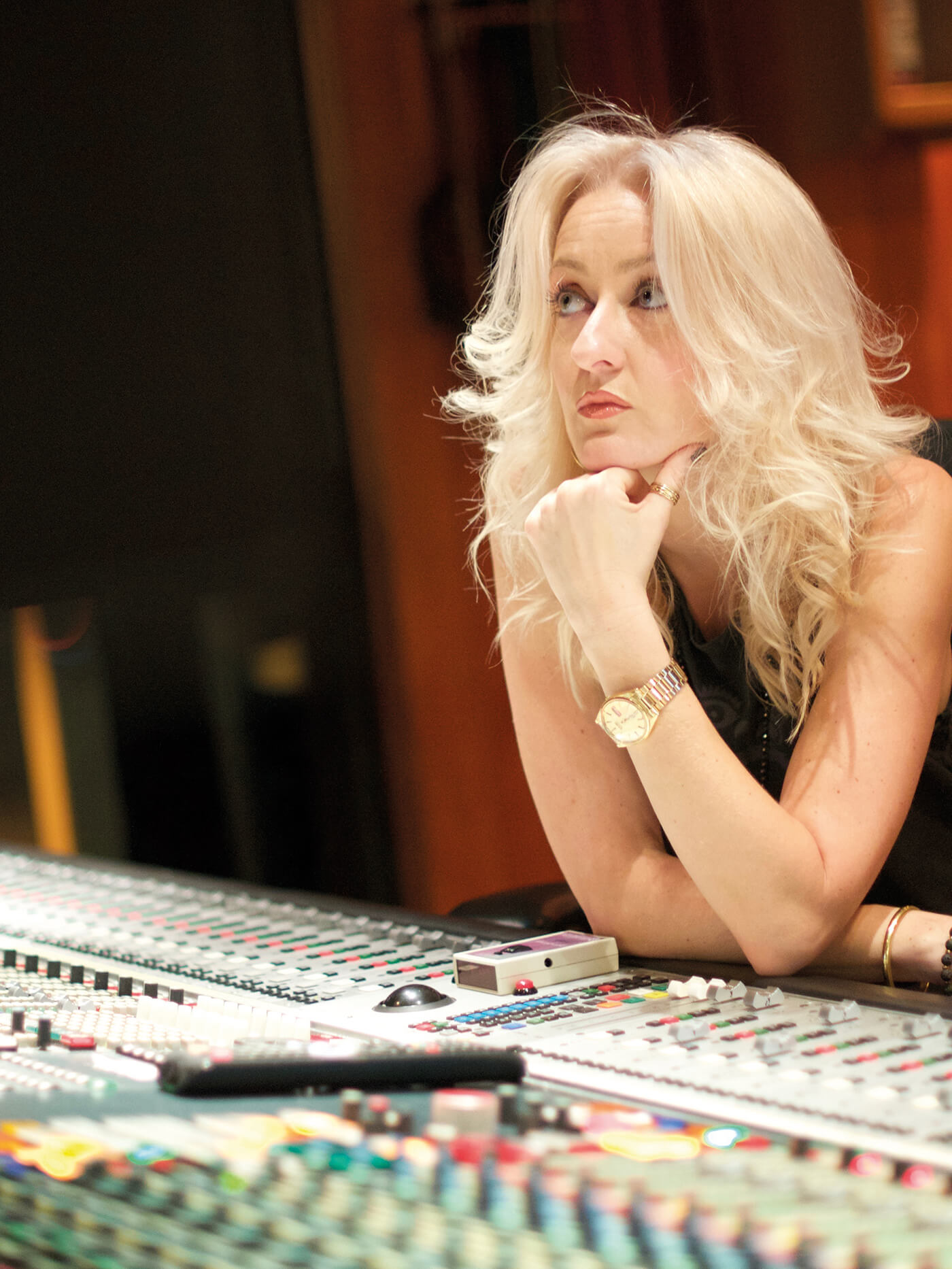
My ultimate piece of music-production advice is to trust your ears. Of course, you need to equip yourself with technical knowledge, but often people make decisions based on what a waveform looks like on the computer screen and forget to really listen, without looking at the grid.
That, and less is more. If you can get your initial raw sound as close to the sound you are going for as you record it, before treating it with layers and layers of effects, then everything will make much more sense in the spectrum as a whole, and there’s less work to do when mixing.
First come, first served
Your new EP First is the inaugural part of a series of collaborations with a range of musicians and producers. How did this idea come about?
I had been wanting to make a collaborative producer record for years and other work kept me from carving out the time to focus on it. I had been thinking there are so many producer records in dance music, mostly all male DJs.
The question I asked was: “Where are the female producers making these kind of records?” So I just had to make it happen. Plus, I’ve worked with so many awesome, supremely talented people over the years, that I have actually become friends with, and I wanted a
fun reason to make a record with them. Fortunately, I’ve had some really good support for the project.
So did you seek out the artists to work with, or do they generally come to you on both the EP and in your wider career?
It’s a combination of both and also a little happenstance. Some of the songs, like Acid Rain and Queen were written with songwriters where I reworked the original version entirely for the purpose of the EP and thought, ‘Who better to sing them, than the writers who are actually artists in their own right?’.
Other songs, like The Avenue, came from Sam Sparro and I having a few mutual friends in common. We kept saying we needed to work together, and we finally made it happen. Raphael Saadiq and I are really good friends and we’re always listening to music and playing each other ideas. It all came pretty naturally from some great relationships. That said, I would love to hear from artists I haven’t worked with yet and see if we can do anything on the next EP.
What technology do you hope to get your hands on to benefit your music making process?
Honestly, and this isn’t very technical of me, but I’d really love a big grand piano. I spend literally all my time programming and hardly any just playing for the joy of playing. I’d really like to get back to that. Other than that, I’d love to own a classic microphone such as the Neumann U 87 or a Telefunken U47 – Raphael recorded his vocals for All I Think About on the Telefunken U47.
Lost in TV
You’re also a prolific composer for television. How does soundtrack writing differ from conventional songwriting?
Oh well, it’s so different! It’s all centred around the picture and the pace of the visual, so you’re going to bring in stark changes much faster than you would in a standard song format. You may have different tempo maps in the same piece, and you have to be wary of distracting from any dialogue. But it’s incredibly fun, a nice change in headspace, and I always get a kick from hearing my music on TV.
How was the compositional process for the new Netflix movie The After Party?
It was made really easy by Blakeslee Recording’s engineer, Alex Jang. He sent me all the cues, suggested tempos and advice on how closely to follow the temp music they had in there already. I then composed my cues at home, bounced down all the WAV files and sent them to Alex to mix. It was a really fast turnaround though, so I was super nervous. The first batch was done in just three days.
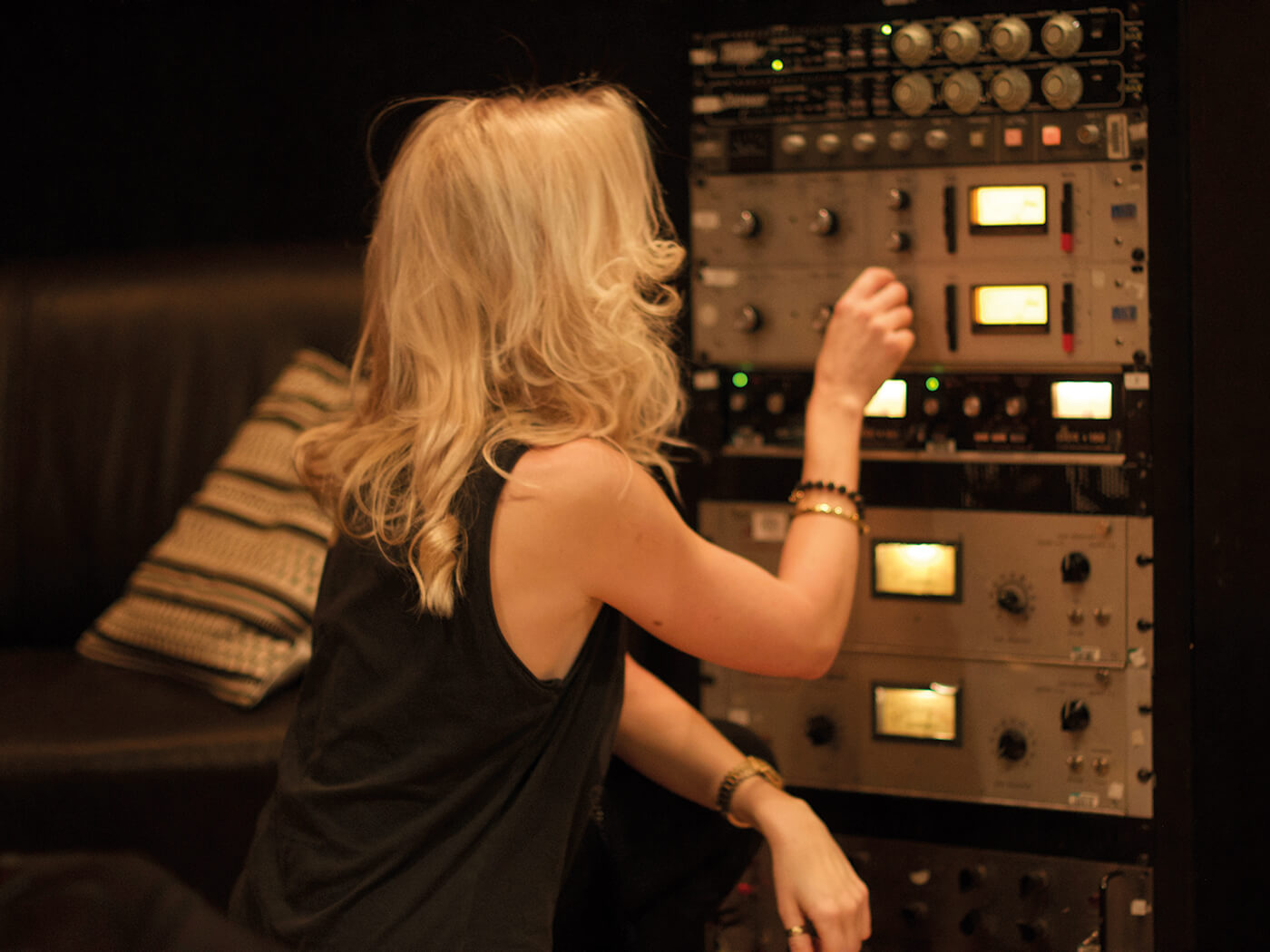
Is there anyone in the industry you’d like to work with?
Oh, there’s so many. I’d love to work with Pharrell Williams, Sheryl Crow, and I’m really feeling artists like H.E.R. and Nao, Anderson Paak and The Internet. On the engineering side, I worked briefly with Manny Marroquin and Bob Power years ago and I would love to get the chance to work with them again. On the score side, I think it would be absolutely killer to work with Trent Reznor.
What are your thoughts on the current state of the music industry in 2019?
Well, on the one hand we are the most free we have ever been, in terms of being able to record and distribute our own music independently. However, with streaming, royalty income for artists and producers has dwindled so much, that the money is not there for recording in the ways it used to be. For example, if one million plays online is getting you $1,000 or thereabouts, you can’t afford to record a live string section on your next record. So we have to all figure out ways to uphold quality recording in this current climate.